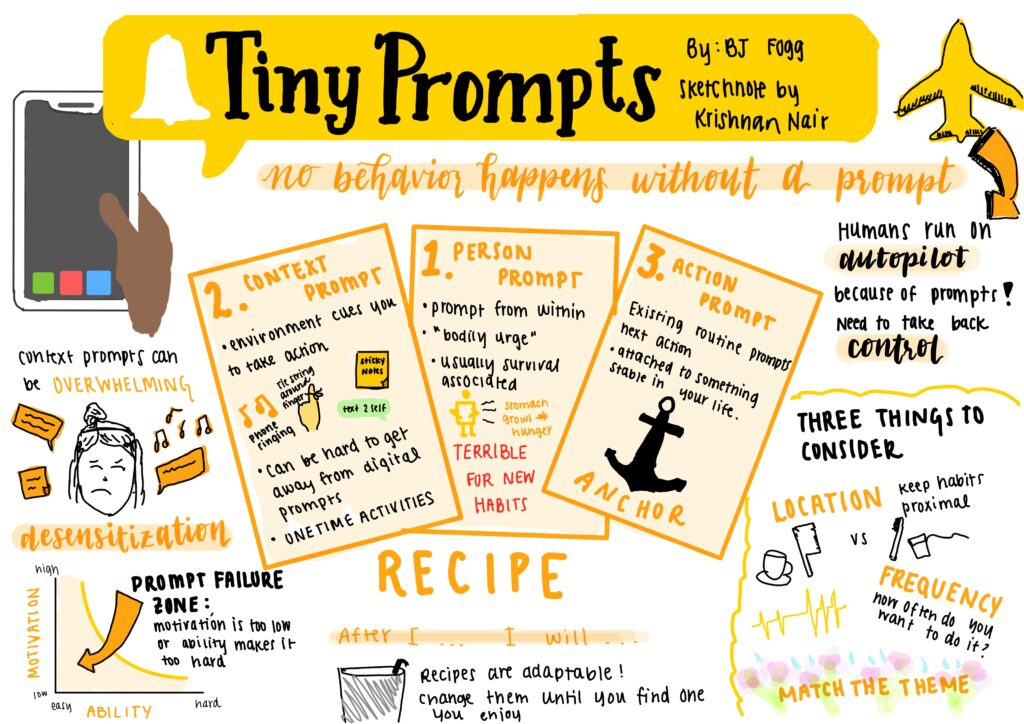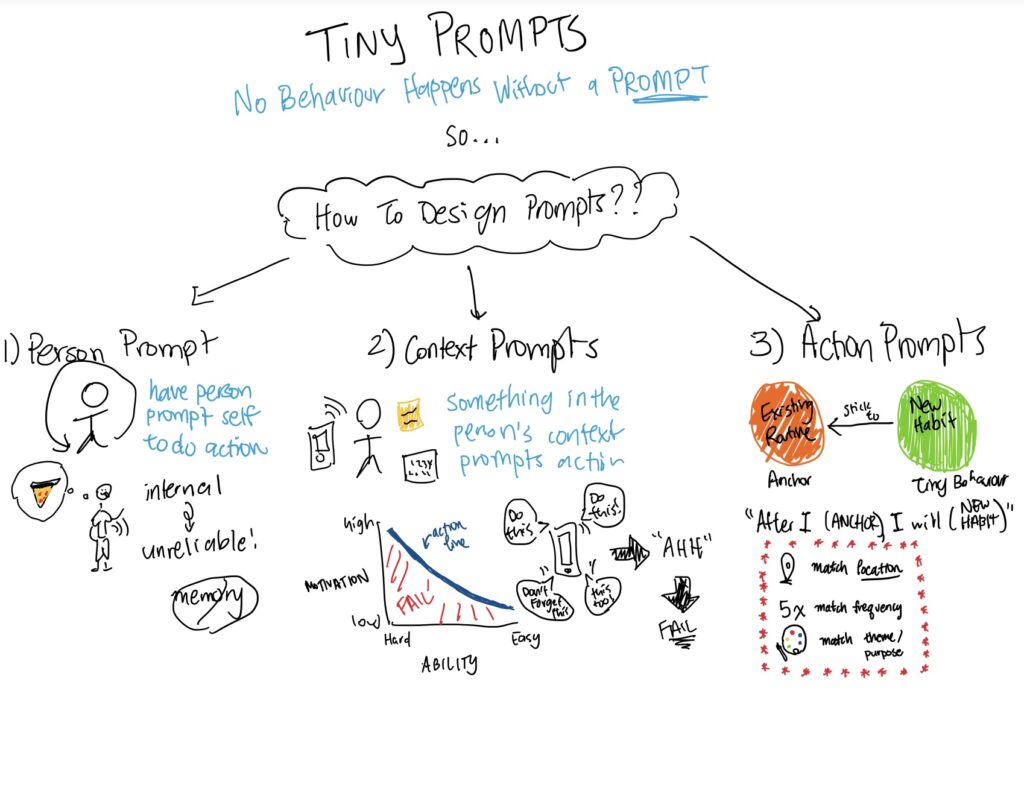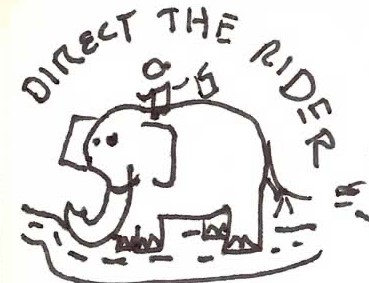Breaking(Or Not) the Face-Touching Cycle
As someone who has dealt with severe acne since age 13, I’ve been on a long journey to improve my skin health. While I know my acne is mostly hormonal, I’ve recognized that my habit of picking at my face and popping pimples makes it somewhat worse. Despite investing considerably in skincare and regular dermatologist visits, I know within my heart of hearts that I should be touching my face considerably less often.
Description Experience
For this exercise, I chose not to set fixed time intervals for logging this behavior. Face-touching, to me, is not necessarily time-bound like checking social media or snacking. I think it is more tied to internal triggers(do not know what they really are) and environmental factors for me. I found that trying to log at set intervals would miss the real pattern of the behavior, as I usually do it unconsciously even though I realize it in the aftermath. One thing that I know is that my skin remembers even when I don’t – so that helps keep me in line. I mostly recorded by:
- Immediate recording when I caught myself in the act
- Evening observation of skin condition to identify unlogged instances
- Documentation of periods (like after skincare) where I knew I avoided the behavior.
I tracked my face-touching behavior for three days, though this proved more challenging than expected – I touched my face a lot more than I thought. Here’s what I observed:
Day 1:
-
- Morning (6 AM): Noticed dryness
- induced touching after waking up
- This is partially due to the fact that my skin feels very dry when i wake up so that is a trigger I noticed
- induced touching after waking up
- Completed my morning skincare after gym(by 8 AM)
- protective period
- I realized I hardly touched my face after that because it was just cleaned
- protective period
- Clean windows during classes (10-12 pm, 1-4 pm)
- Morning (6 AM): Noticed dryness
- These were my consistent class times for each day on the days I tracked
-
- Since I am usually very focused(or distracted, depending on how you look at it), I usually do not notice anything on my skin that may induce touching
- Another thing I noticed was that since there were fewer mirrors around me, I noticed my skin less overall.
- Since I am usually very focused(or distracted, depending on how you look at it), I usually do not notice anything on my skin that may induce touching
- Evening: Increased picking frequency
- Note: Several unmeasured instances (my skin remembers even if I don’t)
- Purchased a new moisturizer after feeling my skin was too dry
Day 2:
- The morning routine(similar to before) went well post-gym
- Realized that due to my conscious tracking of the habit, I hardly touched my face that morning
- Used pimple patches which helped during class hours because I had new breakouts
- However, the presence of a foreign object on my face made me want to touch the more
- That does not have an effect on my skin because the patches cover the breakouts
- However, the presence of a foreign object on my face made me want to touch the more
- Late afternoon
- Removed patches and struggled with the urge to touch
- The evening showed increased touching
- Started researching new skincare products after seeing inflammation
- Multiple unmeasured instances throughout the day
Day 3:
- Morning: Woke at 6 AM, minimal touching
- The new moisturizer caused slight irritation, leading to more touching
- A portion of my face just continued to itch and that led to swelling
- Class times remained relatively touch-free
- Late afternoon/evening window showed approximately 3x more face-touching
- Plastered more pimple patches on my face after feeling the current ones weren’t enough
- Several instances went unlogged due to the unconscious nature of the behavior
Connection Circle Model
Complex Feedback Loop
Here are some of my learnings from the logging as well as the models:
- I am about three times more likely to touch face in late afternoon/evening
- Protected periods during skincare and class times
- Skincare routine creates structured safe periods
- My morning gym routine provides structure and protection
- New skincare purchases often trigger a negative spiral
- Product changes cause skin irritation and then the vicious cycle continues
- Public spaces act as natural inhibitors
- My dorm room, especially in the evening, increases risk
- Unconscious behavior complicates intervention
What I may do differently:
Overall, my attempts to solve the problem often become part of it, creating new cycles of behavior that need their own interventions. I would focus on strengthening my positive habits. For example, I could use more patches and try to stick to my routines. I would also benefit from more public/structured time during high-risk periods. To break the product purchase cycle, I need to commit to the current routine for fixed periods and even try to create some waiting period rule for new purchases(like at least a month or two).





